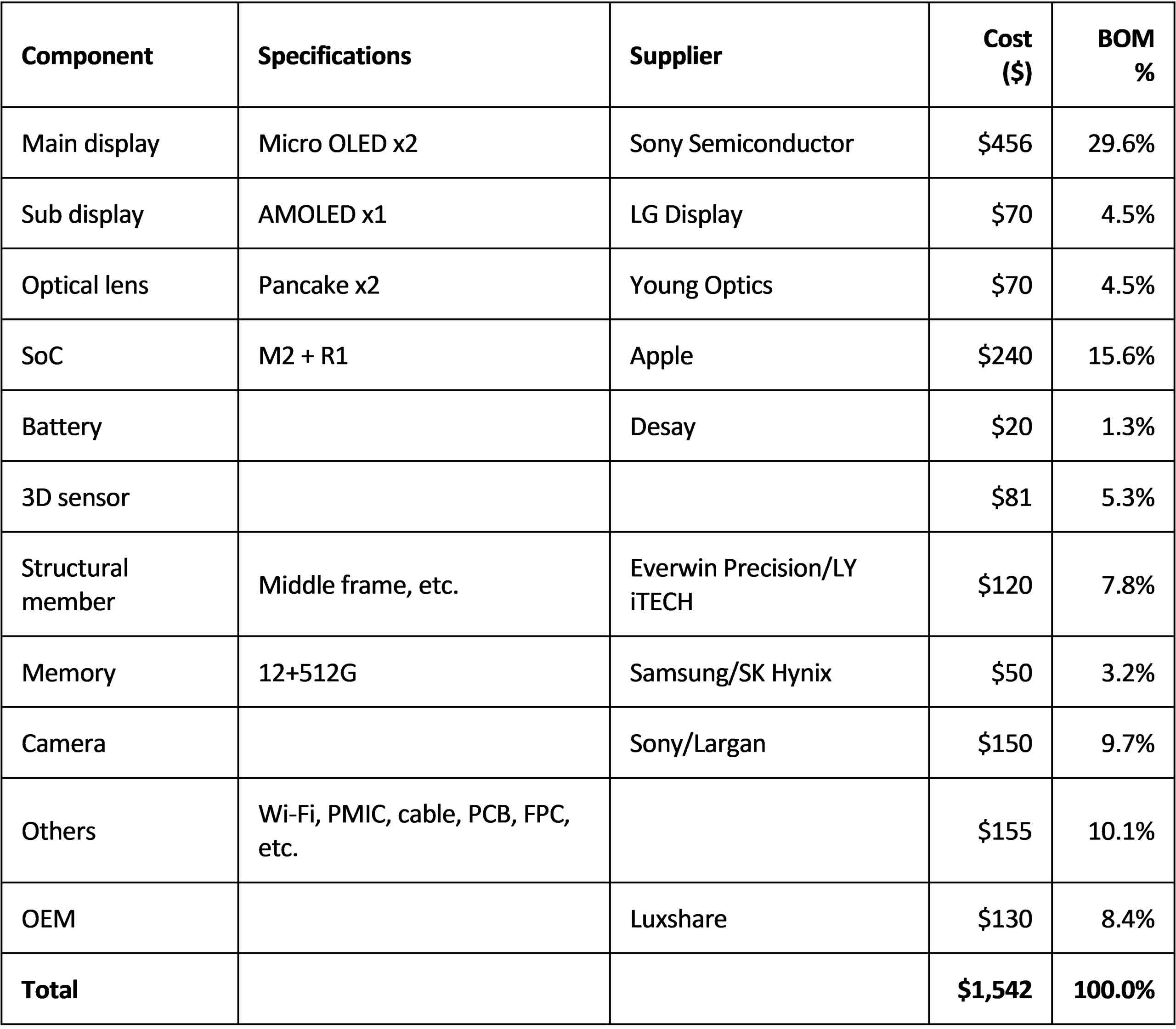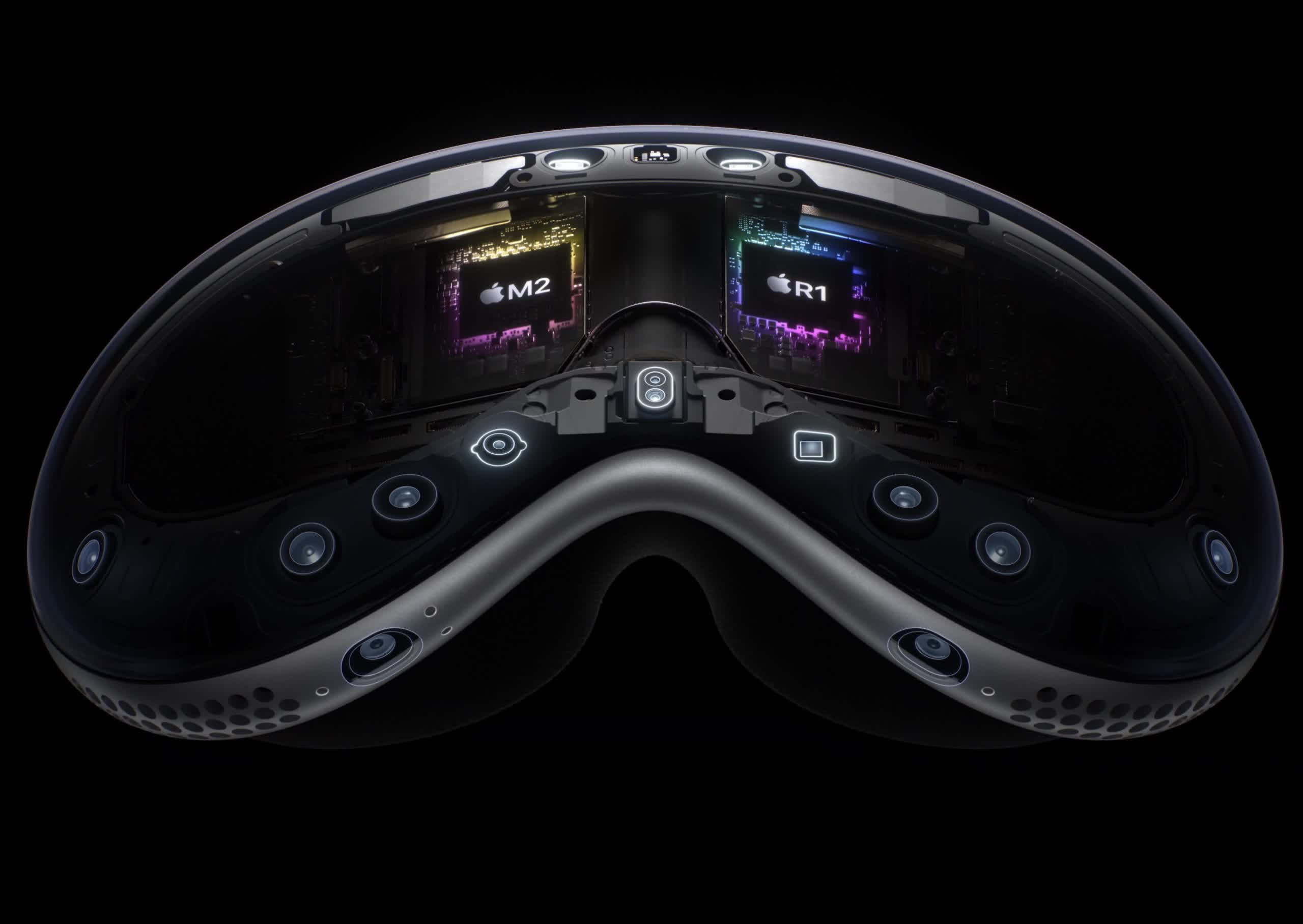Wow! Apple shocked the industry when it confirmed rumors of a $3,500 MSRP for its then-upcoming Vision Pro headset. Many thought it was a ludicrous ask, and many still hold that opinion post-release. However, new research shows that it costs Apple more to make its spatial-reality device than most consumer-grade VR headsets retail for.
Despite comparisons to VR and AR devices, Apple's Vision Pro is neither. Not once has the tech giant referred to it as such, opting to call it a "spatial computer" or "spatial-reality" headset. It is not even natively capable of VR or AR applications, although clever developers like Resolution Games have figured out workarounds to "force" it into a pseudo-VR/AR mode.
Regardless of how consumers and critics want to categorize it, everybody can agree that its $3,500 price tag is borderline grounds for a divorce. Setting its uniqueness aside, the Vision Pro's MSRP is well above the typical starting price for most other equipment with similar components. However, recent research from Omdia shows that the Vision Pro costs more to make than other near-eye wearables retail for – way more.

Omdia's Senior Research Director David Hsieh did the accounting, and the Vision Pro's primary displays (inside) cost $456 – almost as much as Sony PS VR2's retail price. Adding in the secondary screen (the one that shows your eyes to the outside world), costs rise to $526 just for displays. That partial manufacturing cost is more than Sony's PS VR2 and Meta's Quest 3 MSRP of $499, but the bills don't stop there.
The Vision Pro's second most expensive components are its onboard processors. The primary M2 chip is the same one used in the recent MacBooks. It handles the main tasks of the device – running visionOS, apps, and graphics rendering. A second chip, the R1, manages data supplied by the external cameras, sensors, and microphones. Together, these components run Apple about $240 per unit. For perspective, Meta uses only one processor, the much cheaper Snapdragon XR2 Gen 2, and the PS VR2 doesn't even have onboard processing, opting to tether to the PS5's powerful hardware.
Including all other components in the device, Apple's total bill of materials (BOM) for the Vision Pro comes to a whopping $1,542 – over three times the MSRP of the PS VR2 and Quest 3. Whether this warrants a 133-percent MSRP markup is debatable, but Omdia didn't supply BOMs for PS VR2 or Quest 3 to compare markups. However, knowing the astronomical manufacturing costs of Apple's premium spatial computing device gives it an entirely new perspective. Ultimately, Omdia predicts that second and third-generation Vision Pros will have improved quality and performance while bringing costs down.
